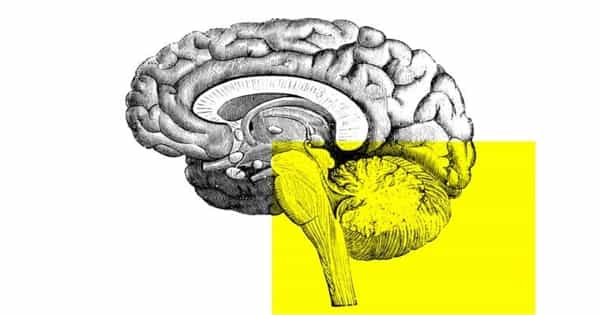According to recent research that was published in the journal Psychological Science, romantic infidelity is preceded by conflict and relationship suffering.
Researchers Stavrova, Pronk, and Denissen (2022) evaluated a representative sample of German individuals and their major romantic partners using a 12-year longitudinal study of family dynamics. They discovered that for both the members of the cheating couples and their spouses, the cheating partners, both individual and relationship well-being deteriorated prior to instances of infidelity.
Does Relationship Distress Precede Romantic Infidelity?
Infidelity has long been linked to relationship problems and is one of the main reasons people seek out couples therapy. However, as the authors claim, it is challenging to determine whether infidelity contributes to or results from marital dysfunction.
According to Stavrova et al., infidelity may lead to unfaithful couples harboring secrets from their partners, feeling guilty, and even feeling depressed, which could increase relationship conflict and distress.
The likelihood of being unfaithful to a long-term spouse may also increase if you feel disconnected from that person and have less devotion to them.
It is challenging to determine causal links from non-experimental data. In order to determine whether relationship discontent comes before or after episodes of infidelity, the writers employed novel techniques.
Methods
In the current investigation, researchers averaged five to eight years of long-term relationship monitoring for couples. Data on self-reported instances of infidelity were gathered by the researchers from the primary respondents (both infidelities reported as those who engaged in the unfaithfulness, termed “perpetrators,” and infidelities reported as those who were cheated on, termed “victims”). The researchers then examined “discontinuous change models to track well-being changes in people who experienced infidelity.”
These models enabled researchers to ascertain whether the couples’ encounters with infidelity came before or after a decline in wellbeing. In order to evaluate family dynamics, a bigger study was conducted, which included evaluations of both individual well-being (such as life satisfaction and self-esteem) and interpersonal well-being (such as relationship satisfaction, intimacy, and perceived conflict).
Additionally, the researchers contrasted infidelity-prone couples with matched control pairs of partners who had no such problems. Age, gender, marital status, length of relationship, education, income level, and number of children were all used to match up the couples. These criteria are all linked to the chance of experiencing infidelity in romantic relationships.
To establish how the affairs affected the well-being of both the cheaters and the cheatees, the authors also took into account survey responses from both individuals and their romantic relationships.
It should be mentioned that while only the primary respondents were questioned about the prevalence of infidelity, it’s probable that some of the partners who participated in this experiment were not aware of the dishonest behavior.
Results
The incidences of unfaithfulness reported included 609 individuals who confessed to cheating on their partners and 338 individuals who reported that their partners had been unfaithful to them. (The authors also identified 111 couples in which one partner reported mutual unfaithfulness. However, the researchers determined that there were not enough couples in this category to conduct meaningful statistical analyses.) In this data collection, the majority of respondents said they had only had one affair, however a few said they had had up to six.
Infidelity events “were preceded by a steady reduction in personal and relationship well-being in victims and perpetrators,” according to the research team’s findings. According to the authors, these declines in individual and relationship-level characteristics might have led offenders to look for alternative romantic relationships for those who started affairs. Furthermore, “infidelity events were not followed by steady recovery patterns” after an affair.
After reporting or learning about the infidelity, neither the partners who were having affairs nor the partners who were the victims of adultery returned to their pre-affair wellbeing levels. Instead, after experiencing adultery, couples who were more dedicated to their marriages before the infidelity continued to experience a fall in wellbeing.
Particularly, those who admitted to having affairs themselves demonstrated greater reductions in wellbeing following the infidelity than those who admitted that their partners had cheated on them.
The authors assume that many couples may suffer infidelity, which is kept secret by the perpetrating partner, because the sample of people who admitted to cheating on their own relationships was nearly twice as large as the sample of people who claimed that their partners had cheated. The fact that infidelity perpetrators experience more severe reductions in wellbeing than infidelity victims may be related to keeping the infidelity a secret.
















